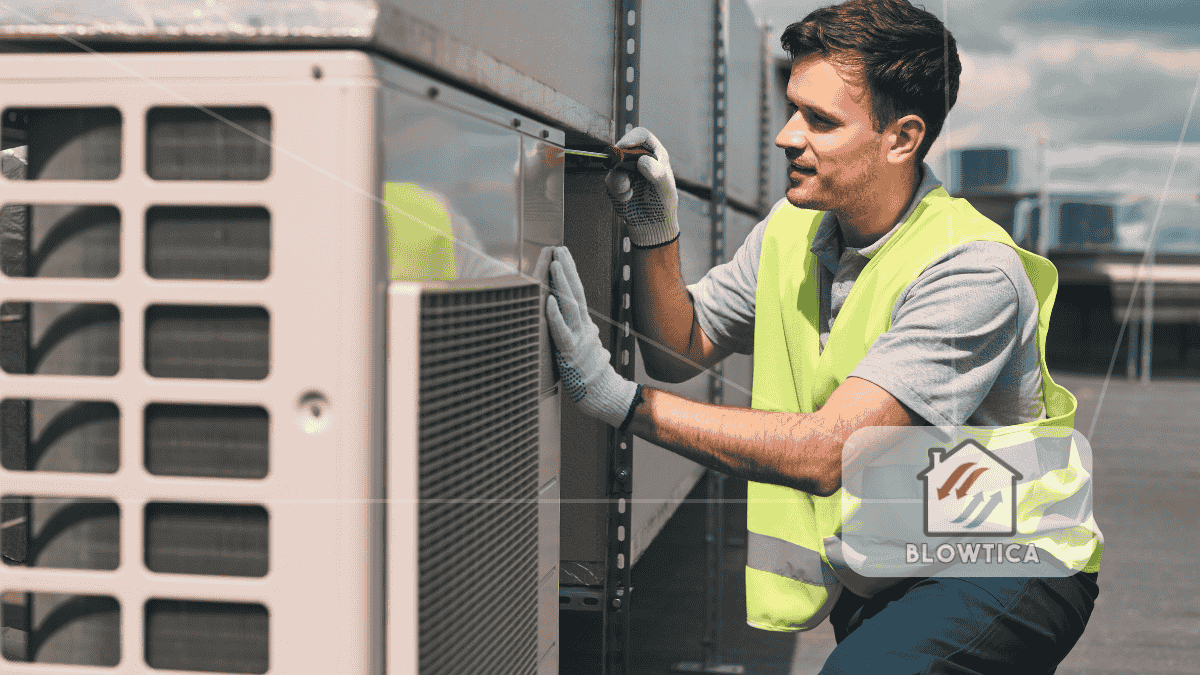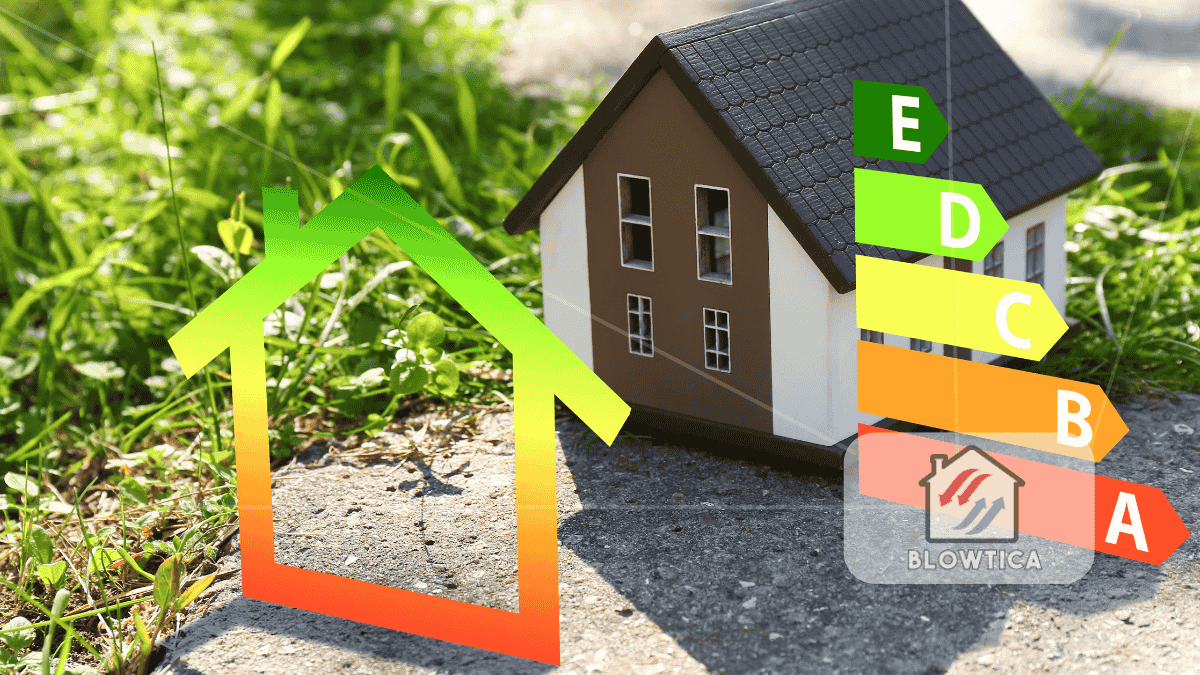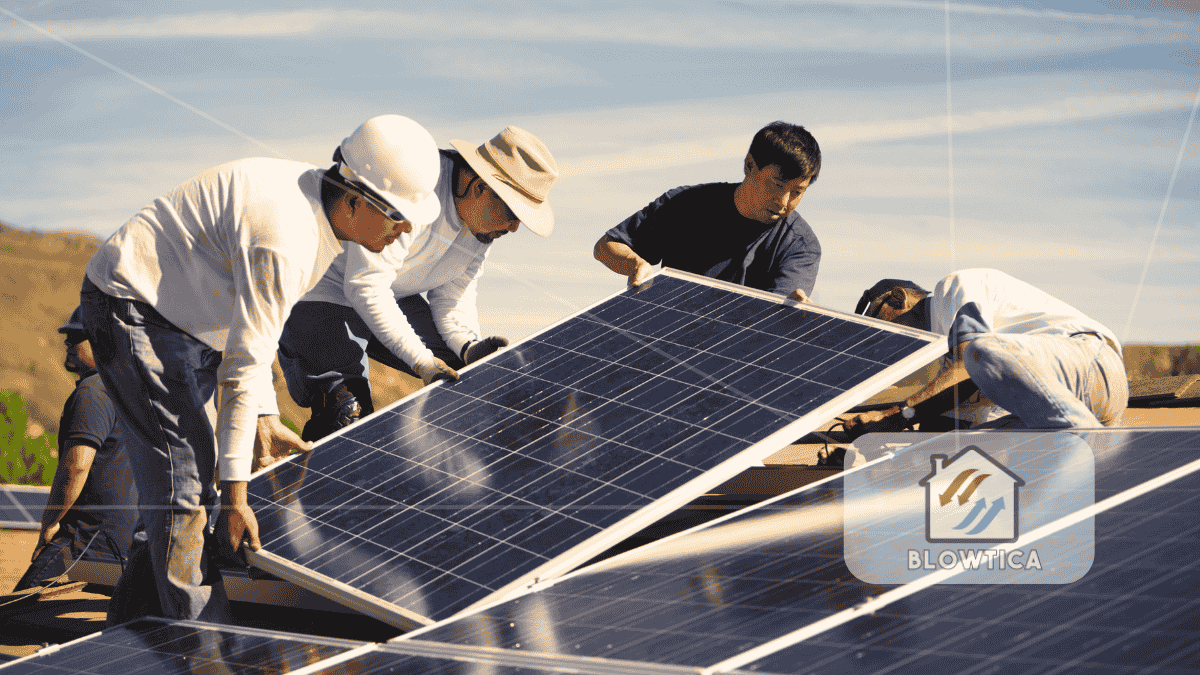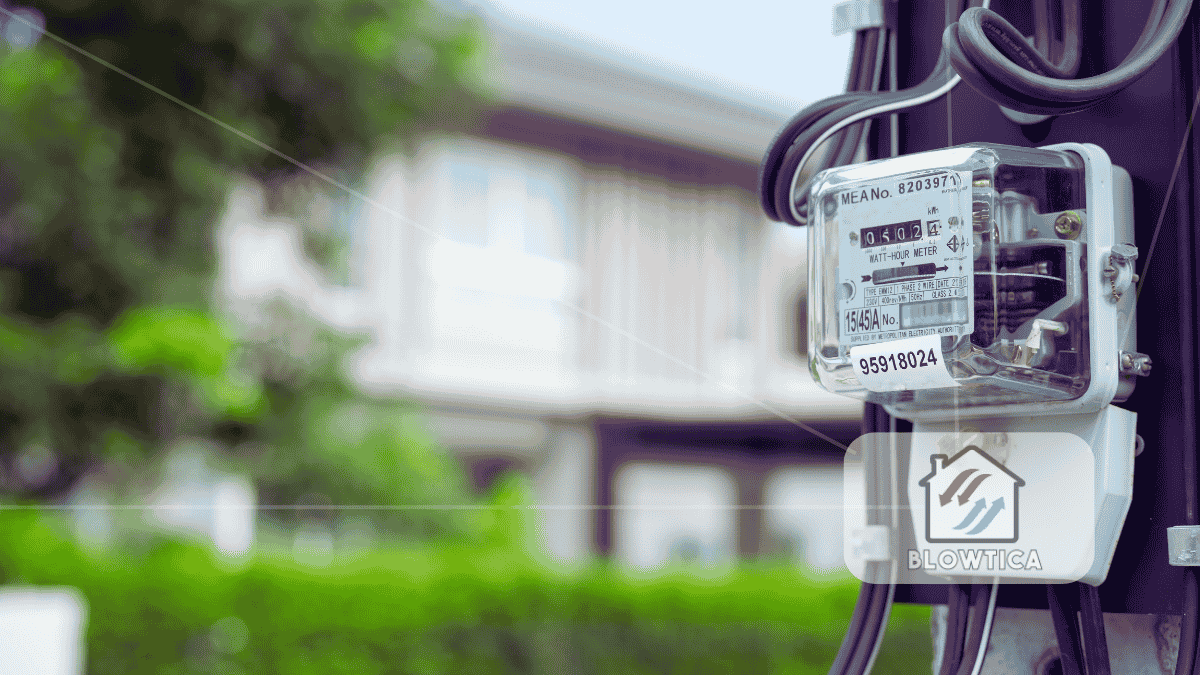
In today’s energy-conscious world, homeowners are increasingly seeking ways to reduce utility bills and minimize environmental impact. One effective strategy is investing in high-efficiency HVAC systems. Central to understanding these systems is the Seasonal Energy Efficiency Ratio (SEER), a metric that quantifies cooling efficiency. This article delves into the significance of SEER ratings, the benefits of high-efficiency HVAC systems, and top HVAC upgrades to consider for enhanced performance and energy savings.
Understanding SEER Ratings
The SEER rating measures the cooling output of an air conditioner or heat pump over a typical cooling season, divided by the total electric energy input during the same period. Essentially, it indicates how efficiently a system operates. A higher SEER rating signifies greater energy efficiency.
For instance, upgrading from a SEER 9 to a SEER 14 system can reduce energy consumption by over 35% . Modern HVAC units typically range from 14 to 25 SEER, with some high-end models reaching up to 28 SEER.
The Importance of High-Efficiency HVAC Systems
Energy Savings
High-efficiency HVAC systems consume less energy to achieve the same level of cooling or heating as lower-efficiency models. This translates to significant cost savings over time. For example, an 18 SEER unit is approximately 12.5% more efficient than a 16 SEER unit, potentially saving around $16 for every $200 spent on energy.
Environmental Impact
Reducing energy consumption not only lowers utility bills but also decreases greenhouse gas emissions. By opting for high-efficiency HVAC systems, homeowners contribute to environmental conservation efforts. Efficient systems reduce the demand on power plants, leading to a decrease in the atmospheric concentrations of greenhouse gases.
Enhanced Comfort
High-efficiency systems often come with advanced features such as variable-speed motors and smart thermostats, providing more consistent temperatures and improved humidity control. These features enhance overall indoor comfort by eliminating temperature fluctuations and maintaining optimal humidity levels.
Top HVAC Upgrades to Consider
When aiming to improve home energy efficiency, consider the following top HVAC upgrades:
1. Upgrading to a High-SEER System
Modern HVAC systems boast SEER ratings as high as 28, offering superior energy efficiency. Investing in such systems can lead to substantial long-term savings.
2. Installing Programmable or Smart Thermostats
These devices allow homeowners to set temperature schedules, reducing energy usage when the home is unoccupied. Smart thermostats can be controlled remotely and learn user preferences over time, optimizing energy use .
3. Improving Insulation and Sealing Ducts
Proper insulation and sealed ducts prevent energy loss, ensuring the HVAC system operates efficiently. Sealing and insulating ducts can improve the efficiency of your heating and cooling system by as much as 20 percent.
4. Regular Maintenance
Routine check-ups and filter replacements keep the system running optimally, extending its lifespan and maintaining efficiency. A yearly tune-up of your heating and cooling system can improve efficiency and comfort.
5. Considering Variable Refrigerant Flow (VRF) Systems
VRF systems allow for varying degrees of cooling in specific areas, providing individualized comfort and energy savings. They can simultaneously heat and cool different zones, optimizing energy use.
SEER Ratings and Regional Considerations
It’s important to note that the U.S. Department of Energy sets minimum SEER standards that vary by region. For instance, the minimum SEER rating for central air conditioners is 14 in the South and Southwest regions and 13 in the North . Homeowners should consider their local climate when selecting an HVAC system to ensure optimal performance and compliance with regulations.
Conclusion
Investing in high-efficiency HVAC systems is a strategic move for homeowners seeking to reduce energy costs, enhance indoor comfort, and contribute to environmental sustainability. Understanding and considering SEER ratings when selecting or upgrading HVAC systems ensures informed decisions that align with both personal comfort and broader ecological goals.
Resources
- SEER Energy Savings Calculator – Understand how upgrading SEER ratings affects your energy consumption.
- BKV Energy: Most Energy-Efficient HVAC Systems – Explore top-rated high-SEER HVAC systems on the market.
- ServiceTitan SEER Calculator – Compare energy savings between different SEER-rated systems.
- Bernard Mechanical: Environmental Benefits of Energy-Efficient HVAC – See how HVAC efficiency reduces carbon footprint.
- ENERGY STAR – Heating & Cooling Guide – Learn about the latest HVAC technologies and home energy tips.
- ENERGY STAR – Home Energy Efficiency – Improve performance through smart thermostats and duct sealing.
- Wikipedia – Variable Refrigerant Flow (VRF) – Get a technical overview of VRF systems for zoned HVAC control.
- Trane – What’s a Good SEER Rating? – Understand SEER rating standards by region.







